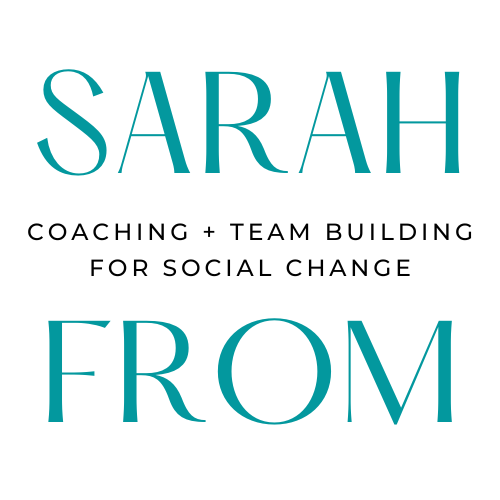 I'm reporting live from Boston, where about 250 neuroscientists and leadership experts are gathered for the 5th annual NeuroLeadership Summit. The crowd is a heady mix of folks who are equal parts charismatic and nerdy, and there is a palpable excitement about this growing field. Here are five ideas that captured my imagination on the first day of this 3-day gathering.
1. Group brainstorming can stifle insight (Jonathan Schooler, UCSB)
Conventional wisdom says that the best way to generate lots of ideas is to bring a group together and ask them to brainstorm. Schooler's research shows that group conversation can actually disrupt creative solutions. Once a team member projects his or her interpretation onto the situation at hand, it is very hard for the others to see outside of the construct their teammate has created. For maximum creativity, ask people to first solve the problem on their own, and then bring them together to share their individual ideas with the group.
I'm reporting live from Boston, where about 250 neuroscientists and leadership experts are gathered for the 5th annual NeuroLeadership Summit. The crowd is a heady mix of folks who are equal parts charismatic and nerdy, and there is a palpable excitement about this growing field. Here are five ideas that captured my imagination on the first day of this 3-day gathering.
1. Group brainstorming can stifle insight (Jonathan Schooler, UCSB)
Conventional wisdom says that the best way to generate lots of ideas is to bring a group together and ask them to brainstorm. Schooler's research shows that group conversation can actually disrupt creative solutions. Once a team member projects his or her interpretation onto the situation at hand, it is very hard for the others to see outside of the construct their teammate has created. For maximum creativity, ask people to first solve the problem on their own, and then bring them together to share their individual ideas with the group.
2. The essence of charisma is mindfulness (Ellen Langer, Harvard) Mindfulness is nothing more than noticing new things as they occur. Sounds simple, but we spend much of our lives in mindless autopilot, assuming that the situation in front of us (whether it be our commute, our coffee, or our colleague) is the same as every situation that's come before. This kind of mindless state is not lost on others; it is readily perceived by children, adults, and animals alike. Mindfulness cannot be faked. This is why leaders register as charismatic when they are mindful: actively engaged in the present, visibly invested in the uniqueness of the person before them, curious and ready to learn.
3. Expanding your emotional vocabulary can change how you feel (Lisa Feldman Barrett, Boston College) Changing what you think about what you are feeling can change how you experience emotion. (It's okay, read that sentence again.) Our feelings don't just happen to us. In fact, both the emotional and decision-making parts of the brain are involved in how we experience our feelings. The better we are at to pinpointing and labeling our exact emotions, the better able we'll be to shift our experience of how we are feeling. For example, rather than settling on "angry" to describe how that encounter with your coworker made you feel, try to figure out if the feeling is really "embarrassed," "inadequate," or even "sleep-deprived." This will change your experience of the situation that made you "angry" in the first place.
4. Sometimes the best choice is not to choose at all (Sheena Iyengar, Columbia) We are bombarded with choices everyday. Iyengar's research shows that the more choices we have (and the less meaningful the distinction between our choices), the worse we are at making a decision that we will be happy with. Overwhelmed with choices, we end up either not choosing anything, or making a choice we later second-guess. Sometimes the best thing we can do for ourselves is to opt out of choosing altogether. It's okay to decide that the time we'd spend deliberating over this widget or that one is ultimately distracting us from our end goal. (Incidentally, this is why I don't have TV, much less cable -- too many choices.)
5. Why we get bored of our spouses, but not our kids (Ellen Langer again) Situations/jobs/people are neither inherently boring nor inherently interesting. It's our experience of these things/people that makes them so. Attending to what's different (what's changing) is what makes the world seem engaging. The more we notice, the more interesting the world is. A person will complain that she is bored in her relationship with her spouse of 20 years... but the same person would never say that after 20 years of parenthood, she is bored with her kids. This is because we expect our children to change. Our spouses - not so much.
There are many more thoughts from the day captured on my Twitter stream from the conference. Signing off for tonight.
Subscribe to Do Your Best Work. Paste the URL in your favorite feed reader, or use the box at the top right of this page to receive posts by email.



